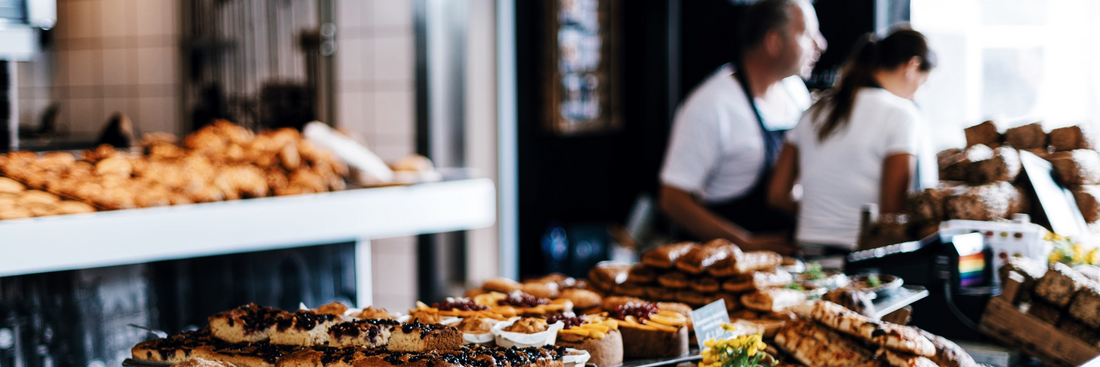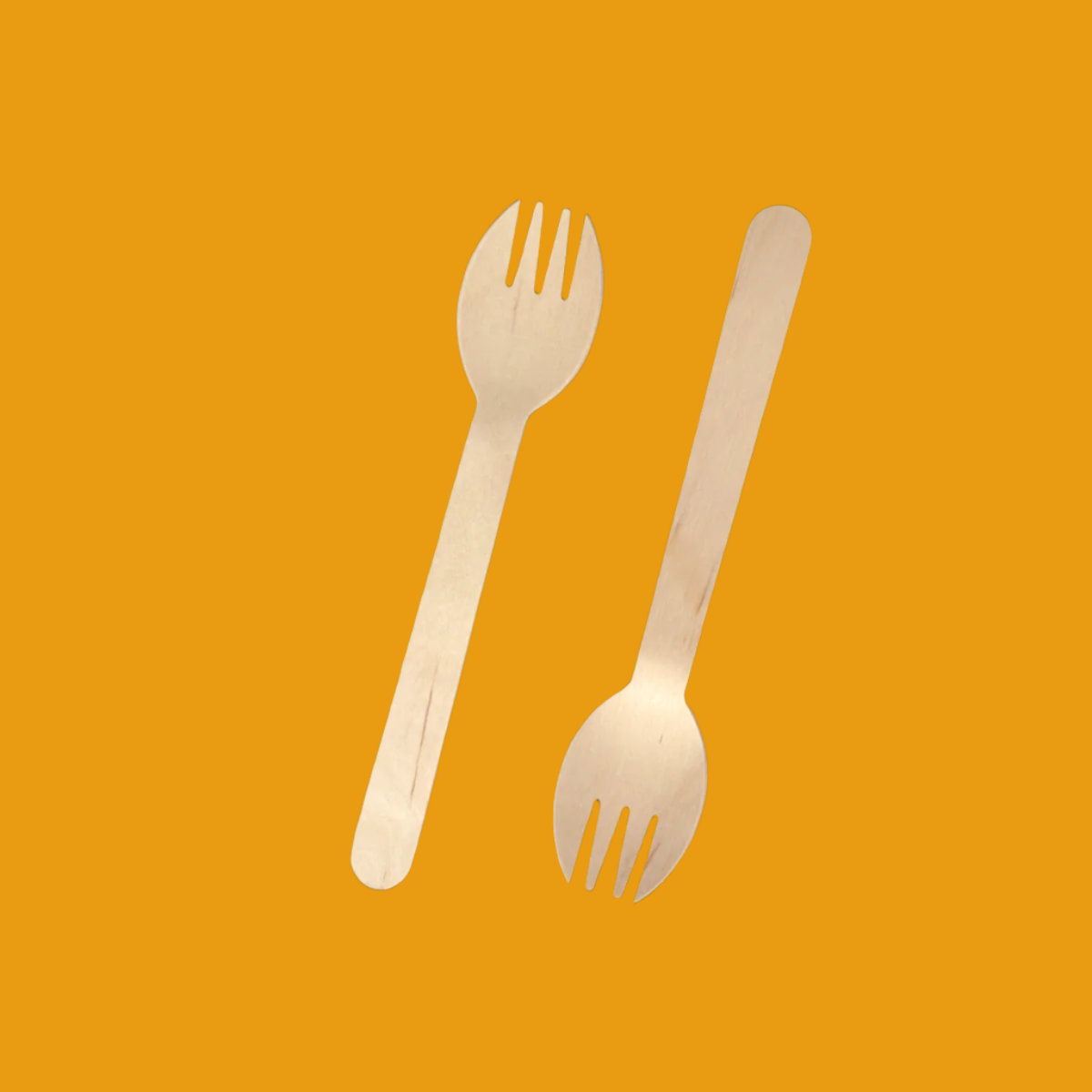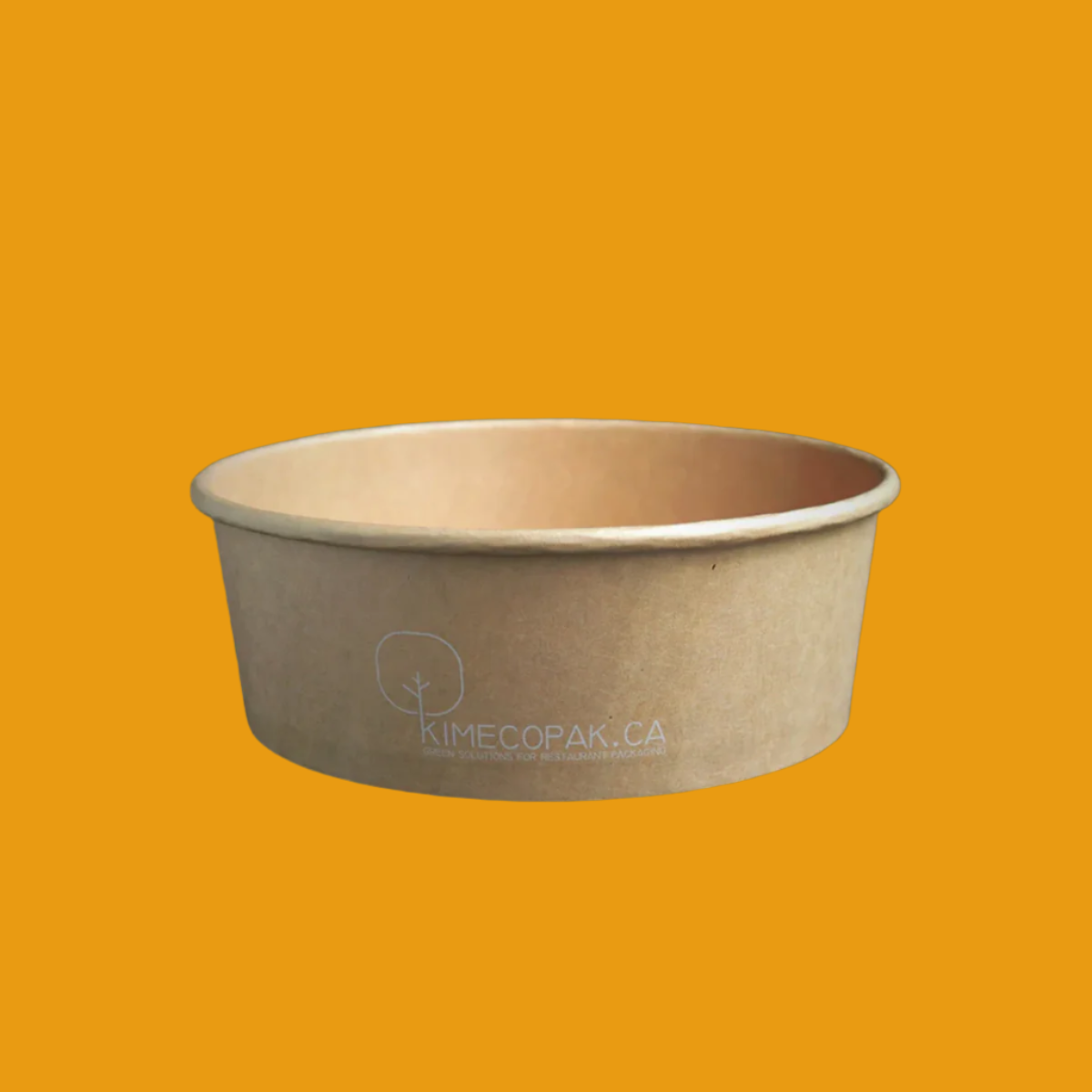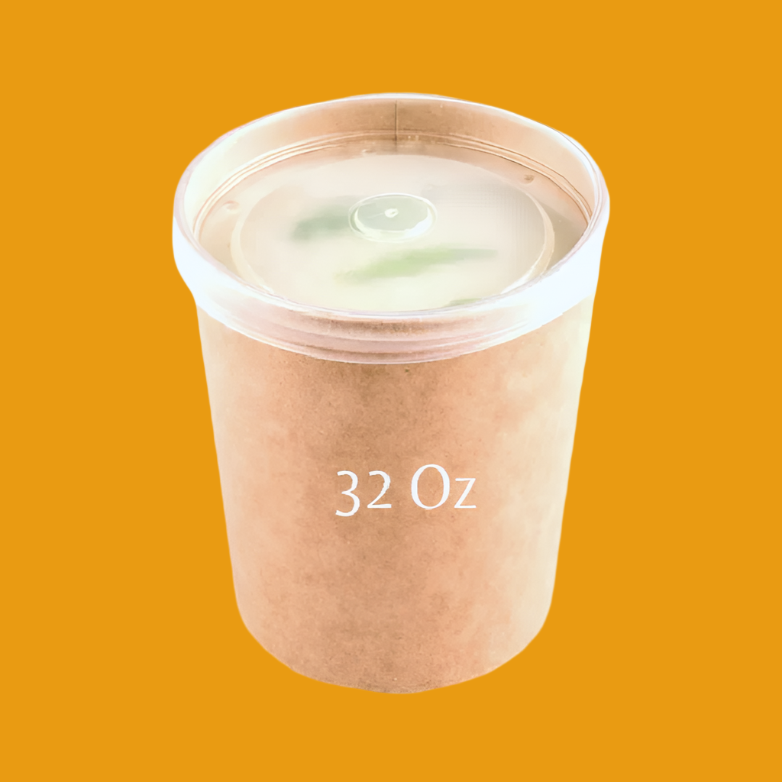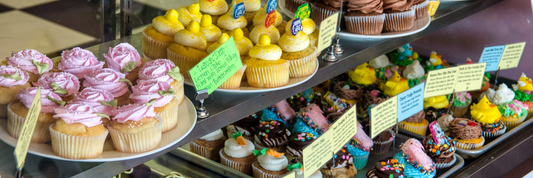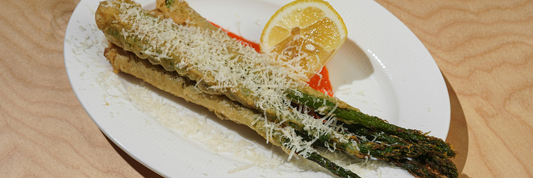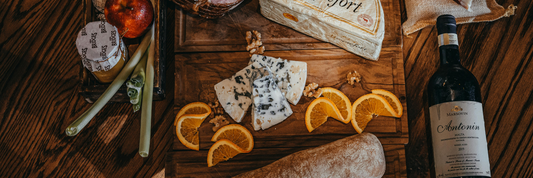The bakery industry offers more than just bread and pastries—it presents a wide variety of business models, each with its own unique setup, audience, and products. Whether you're dreaming of opening a cozy café, running a food truck, or launching an online bakery, understanding the different types of bakeries is essential for making the right business decisions. In this guide, we’ll explore popular bakery types list, their advantages, and what makes each one unique.
A Guide to 12 Different Types of Restaurants
Bakery Business Models: Retail vs Wholesale
Retail Bakery
A retail bakery sells baked goods directly to end consumers through a physical location such as a storefront, café, or bakery counter. These businesses often offer ready-to-eat products like bread, pastries, cookies, and cakes. Many retail bakeries also accept custom orders for events such as birthdays or weddings. The customer experience, ambiance, and product display are important aspects of this model.
Common examples:
-
Neighborhood bakeries
-
Bakery cafés (offering seating, beverages)
-
Walk-in cupcake or cookie shops

Wholesale Bakery
A wholesale bakery focuses on producing baked goods in larger volumes and selling them to third-party businesses rather than direct consumers. Their customers include cafés, grocery stores, restaurants, hotels, and catering companies. Wholesale bakeries may not operate a public-facing storefront and instead prioritize production efficiency, consistency, and delivery logistics.
Common wholesale buyers:
-
Local cafés sourcing pastries
-
Supermarkets stocking branded or private-label bread
-
Restaurants using sandwich buns or desserts from a supplier

Pros and Cons of Each Model
| Model | Pros | Cons |
|---|---|---|
| Retail Bakery | Direct customer interaction Higher profit margins per item Brand building through experience |
Higher overhead costs (rent, staffing) Need for consistent foot traffic Smaller batch production |
| Wholesale Bakery | High-volume output Predictable large orders Fewer costs for display or service |
Lower margins per unit Requires production scale & logistics Less brand visibility with end customer |
Hybrid Models for Bakery Owners
Many modern bakeries adopt a hybrid model, combining both retail and wholesale operations to diversify revenue streams. For example:
-
A retail bakery with a café may also sell croissants in bulk to nearby hotels.
-
A wholesale cake producer may open a storefront to capture local event orders.
This dual approach allows bakeries to maximize production capacity, build a brand, and mitigate risk by serving multiple customer types.
Common Types of Bakeries
Bakery Cafe
A bakery café combines a traditional bakery with a casual dining space where customers can sit and enjoy their food. In addition to baked goods like pastries, cookies, and bread, these establishments often offer coffee, tea, sandwiches, or breakfast items.
Target audience includes walk-in customers, remote workers, and casual diners. Bakery cafés focus heavily on ambiance, service style, and menu pairing.
Examples: Panera Bread, local artisan cafés

Gourmet Bakery
A gourmet bakery emphasizes high-quality, premium ingredients and culinary artistry. These bakeries typically produce handcrafted bread, layered cakes, and unique flavor profiles. Items are often priced higher and presented with aesthetic detail.
They may focus on artisanal techniques, sourdough fermentation, or small-batch baking. The target market is often foodies and upscale consumers.
Examples: Tartine Bakery (San Francisco), Balthazar Bakery (New York)
Bread Bakery
A bread bakery specializes in baking various types of bread, ranging from classic white loaves to European-style breads such as baguettes, ciabatta, rye, and sourdough.
These bakeries may serve both retail and wholesale markets and often highlight fermentation techniques, natural starters, and long proofing times.
Popular items: Multigrain bread, brioche, focaccia
Cupcakery
A cupcakery is a niche bakery that focuses exclusively or primarily on cupcakes and mini desserts. These stores often experiment with flavors, fillings, and frostings to create visually appealing and portion-controlled treats.
Cupcakeries are popular for birthdays, events, and impulse purchases. They typically require less kitchen space but focus heavily on decoration and packaging.
Examples: Sprinkles Cupcakes, Georgetown Cupcake
Pastry Shop
A pastry shop (or pâtisserie in French) produces and sells elegant, often intricate pastries such as éclairs, mille-feuille, macarons, and fruit tarts.
These bakeries require skilled pastry chefs and often operate with a high level of craftsmanship and detail. They may also offer viennoiseries like croissants and pain au chocolat.
Customer expectations: refined taste, upscale presentation, limited batch availability
Wedding Cake Bakery
This type of bakery specializes in custom celebration cakes, particularly for weddings, anniversaries, and milestone events. These bakeries typically require consultations, advance orders, and delivery services.
Decorating expertise—like fondant work, sugar flowers, or tiered cake construction—is essential.
Revenue model: High-ticket, low-volume sales with personalized service.
Bakery Food Truck
A bakery food truck is a mobile bakery operation selling baked goods at different locations or events. These bakeries offer portability, flexibility, and low startup costs.
Products are often handheld and easy to eat on the go: muffins, cookies, doughnuts, and pastries. Some trucks serve hot items like cinnamon rolls or savory pies.
Best suited for: farmers' markets, festivals, or lunch crowds.

Home Bakery (Cottage Food Operation)
A home bakery operates under local cottage food laws, allowing bakers to prepare and sell non-hazardous baked goods from their personal kitchen.
Products typically include cookies, brownies, breads, and unfrosted cakes.
Home bakeries often sell at markets, via social media, or through word of mouth.
Pros: Low overhead, flexible schedule.
Cons: Limited scalability and legal restrictions on what can be sold.
Online Bakery
An online bakery sells products exclusively (or primarily) through e-commerce platforms. These businesses usually take orders via a website or social media and ship products nationally or locally.
Popular offerings include cookies, biscotti, brownies, and shelf-stable pastries. Success depends on shipping-friendly packaging and strong digital marketing.
Examples: Goldbelly sellers, independent Shopify-based bakeries
Specialty Bakery
A specialty bakery caters to specific dietary needs or trends—such as gluten-free, vegan, keto, sugar-free, or allergen-friendly baked goods.
These bakeries require detailed ingredient sourcing and labeling to meet health standards and dietary expectations.
Target market: health-conscious, allergen-sensitive, or lifestyle-driven consumers.
Counter Service Bakery
A counter service bakery operates with no seating or dine-in space. Customers walk in, select items, pay, and leave.
This model focuses on speed, simplicity, and high customer turnover.
Ideal for busy commercial areas or transportation hubs, where convenience is key.
Common setup: display case, POS system, takeaway bags or boxes
How to Categorize a Bakery
When planning, launching, or evaluating a bakery, it’s helpful to categorize it based on several key factors. This helps clarify the business model, target audience, and operational requirements.
By Price Point
Bakeries can range from budget-friendly shops that prioritize affordability to premium or gourmet bakeries offering high-end, artisanal products. Price point influences ingredient sourcing, packaging choices, and customer expectations.
-
Economy: Bulk breads, low-cost items, minimal decor
-
Mid-range: Local, high-quality ingredients with competitive pricing
-
Premium: Artisan or luxury goods, often with custom finishes or packaging
By Atmosphere (Casual, Upscale, Community)
The ambiance of a bakery helps define its customer experience and brand image.
-
Casual: Self-serve, minimal seating, fast service (e.g., grab-and-go cookie shops)
-
Upscale: Sophisticated interior, curated product displays, dine-in service
-
Community-focused: Family-friendly with local engagement, often located in neighborhoods or near schools
By Service Style (Counter, Delivery, Dine-In)
Understanding your service approach impacts layout, staffing, and operational flow.
-
Counter service: Fast, efficient transactions; minimal overhead
-
Dine-in: Café-style setup with seating, tableware, and ambiance focus
-
Delivery/takeout: Strong logistics, packaging, and online order systems
By Product Mix (Bread, Pastries, Cakes, Cookies, Sandwiches)
A bakery’s offerings define its equipment needs and customer base.
-
Bread bakery: Sourdough, baguettes, rolls—requires proofers, ovens, mixers
-
Pastry-focused: Croissants, danishes, tarts—needs laminators, precision tools
-
Cake shop: Custom cake orders, tiered cakes—requires decorating tools and refrigeration
-
Cookies and bars: High-volume, easy-to-package items for retail or shipping
-
Savory options: Sandwiches, quiches, flatbreads—expands into light meal territory
Considerations for Each Type of Bakery
Before deciding on a bakery type, it’s important to evaluate several core areas that affect long-term success.
Operational Needs: Kitchen Size, Staffing, Licensing
Each bakery type demands different equipment, space, and legal compliance.
-
Bread & pastry shops need commercial mixers, ovens, and proofing space
-
Wedding cake bakeries require decorating space and chilled storage
-
Food trucks and home bakeries must follow mobile or cottage food laws
Staffing needs also vary—some bakeries can operate solo, others need trained pastry chefs or front-of-house staff.
Marketing & Positioning: Online Presence, Branding Strategy
A bakery's visibility and appeal depend on strong branding.
-
Retail bakeries benefit from local SEO, Google Business listings, and community engagement
-
Online bakeries must invest in e-commerce websites and product photography
-
Specialty bakeries (e.g., gluten-free) need clear labeling, educational content, and trust-building branding
Customer Target: Daily Foot Traffic vs Niche Consumers
Identifying your core audience helps refine offerings and marketing efforts.
-
High-traffic areas (malls, train stations): focus on speed, impulse buys, and packaging
-
Niche markets: cater to dietary needs (vegan, keto) or premium gifting
-
Community-based: build loyalty with consistent service, local promotions, and personal connection
Revenue Model: Custom Orders, Volume Sales, Subscription, Events
Each bakery type can mix and match revenue channels.
-
Custom orders: High-margin, time-intensive (cakes, wedding desserts)
-
Volume sales: Lower margin, consistent output (bread, cookies)
-
Subscriptions: Monthly cookie boxes, bread deliveries
-
Events & pop-ups: Temporary income boosts with limited-time offerings
Choosing the Right Type of Bakery for You
Selecting the right type of bakery depends on a combination of personal strengths, market opportunities, and practical limitations. Whether you're a first-time entrepreneur or looking to expand, this decision should align with your resources, goals, and customer needs.
Align with Your Skills, Budget, Market Demand
Start by assessing your own baking experience, management ability, and business know-how. For example:
-
If you're skilled in cake decorating and enjoy personalized service, a custom cake or wedding bakery may be ideal.
-
If your strength lies in efficient production and logistics, a wholesale bakery could suit you better.
Match your business type to your financial resources. A food truck or home bakery usually requires less capital than a brick-and-mortar bakery café.
Don’t forget to research local demand:
-
Are there gaps in your area (e.g., no sourdough-focused bakery)?
-
Is there a growing interest in gluten-free or vegan options?
Evaluate Startup Costs, Regulations, Growth Potential
Each bakery type has different startup requirements and regulatory hurdles.
-
Retail bakeries may require permits for food handling, occupancy, and dine-in service.
-
Home bakeries must comply with local cottage food laws (which vary by region).
-
Wholesale or commercial kitchens may need additional licensing for distribution and food safety compliance.
Look at long-term scalability:
-
A home bakery might be great to start, but consider whether it allows growth into retail or wholesale later.
-
A bakery café could expand to multiple locations, while a food truck might add catering or event services.
Tips on Piloting via Home Bakery, Pop-Up, or Shared Kitchen
Before investing in a full storefront, many bakers test their concept through low-cost, flexible setups:
-
Home bakery: Great for validating recipes, building a loyal customer base, and keeping overhead low.
-
Pop-up shops: Temporary stalls at markets or local events help gauge interest and get real-time feedback.
-
Shared commercial kitchens: These provide certified kitchen space without the full cost of owning a facility—ideal for wholesale or online bakeries testing volume production.
These models allow you to refine your menu, branding, and operations before fully committing, reducing risk and increasing your chance of success.
FAQs About Different Kinds Of Bakeries
What types of bakeries can I open?
You can open a bakery café, online bakery, food truck bakery, wedding cake shop, bread bakery, or home-based bakery.
What's the difference between retail and wholesale bakeries?
Retail bakeries sell directly to customers; wholesale bakeries sell in bulk to businesses like cafes or supermarkets.
Do bakery cafes need full kitchen licensing?
Yes, especially if serving hot food or offering dine-in service.
Can a bakery food truck replace a storefront?
Yes, it offers flexibility and lower startup costs, though space is limited.
What licenses do home bakeries need?
It depends on local cottage food laws, but typically includes a food handler’s permit and kitchen inspection.
Which bakery type is most profitable?
It varies—custom cake shops and wholesale bakeries often have higher margins if managed efficiently.
Conclusion
From artisanal bread shops to wedding cake boutiques and bakery food trucks, the bakery business landscape is full of opportunities. Each type of bakery serves a different customer need and comes with specific operational, marketing, and licensing considerations. By understanding the different types of bakeries, you can choose the model that fits your skills, goals, and market—and build a business that’s both fulfilling and profitable.

